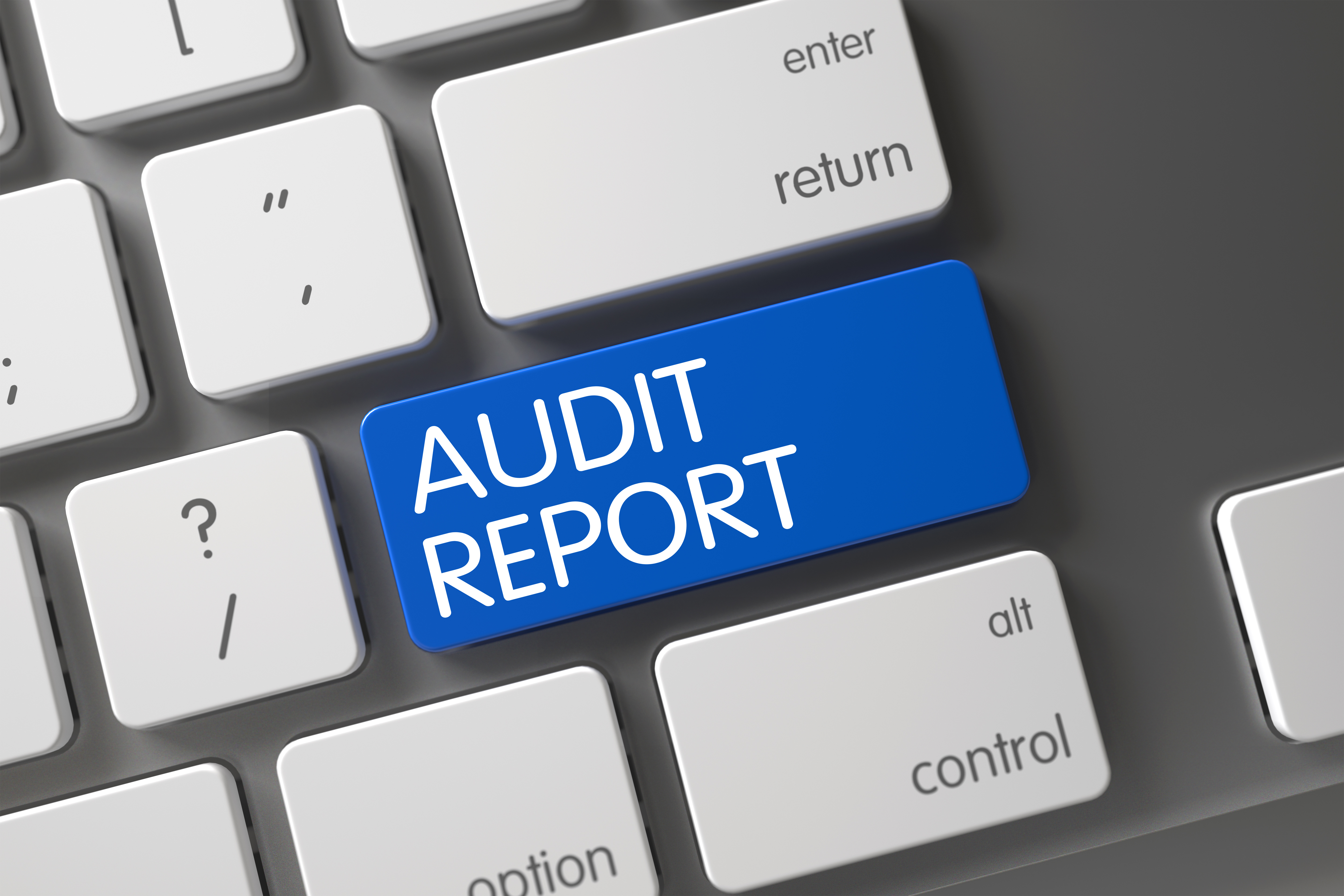Strategic benefits of carrying out a Data Audit and Review
Many Multi Academy Trusts (MATs) and schools have been using data more and more over the past few years and this has helped with key strategic...
3 min read
Richard Sambrook Smith July 14, 2021

With pressures on the UK to meet its climate change targets, the government launched Streamlined Energy and Carbon Reporting (SECR) so all ‘large’ UK companies are required to, on an annual basis, report their carbon emissions and energy usage. In addition, the reporting should include energy efficiency measures being taken to reduce their impact on climate change. SECR came into force on 1st April 2019 and many Multi Academy Trusts (MATs) fall within the scope of these criteria. Read our more detailed Novatia Note on SERC.
If you are a Chief Financial Officer, Accounting Officer or a Trustee of a MAT required to report on your energy consumption and associated carbon emissions, you will have submitted your first ever SECR report this year. Did it go smoothly or was it a challenging process? In this blog, we are outlining what is required and how you can go about it.

Large, Medium, or Small MAT – how do you know?
Large companies, are companies that meet two or more of the following criteria:
It is worth noting that if you normally have annual financial reporting for the MAT as a whole, then you should consider the whole MAT when determining whether you are considered large and therefore obligated to report on your energy consumption.
Are there any exemptions?
Yes, there is a key exemption. If your trust consumes fewer than 40,000 kilowatt-hours (kWh) of energy in the reporting period, you qualify as a “low energy user” and become exempt. However, in order to know whether your trust qualifies, you have to get a clear idea of your annual energy use. This means doing the work of calculating your UK energy use, so you can’t escape doing some investigative work in determining your energy consumption.
Organisations that are not classes as ‘large’, although not obligated, are still being encouraged to report on your energy consumption and carbon emissions. It is, therefore, good practice to start now and it can add to your environmental credentials.
What do I need to report on?
There are five key steps to be able to include the required information in your annual report.
Resourcing for the SECR
Yes, it can be an arduous task, data gathering everything that consumes energy within your whole MAT and this can be a drain on staff time. You may also not have staff with the right skills to be able to pull all the required information together and analyse it.

IT equipment, whether that be a server room or classroom equipment, is likely to be a large proportion of your energy consumption. As experts in solving ICT problems in UK education, we can help evaluate your IT energy usage through carrying out a Current State Review (CSR). An asset list is valuable, but if you don’t already have one, we can help compile one for you through the CSR. Furthermore, through energy consumption and associated carbon emission modelling we are able to determine the ICT energy usage of your MAT.
Where we can really add value, is not just in determining your list of assets and their energy consumption, but our modelling can help inform key solutions for your MAT that will reduce overall energy consumption.
How can I fund potential solutions?
The good news is, there is some funding available to put energy reducing solutions in place. There is Salix, which is a public sector decarbonisation funding organisation and Energy Performance Contracts (EPC) which facilitate decarbonisation funding for IT. If you need help identifying your ICT energy usage and ways to reduce it for these funding options, get in touch for a chat to see how we can help you.
In future financial years, you will also have to supply the previous year’s figures for comparison purposes, so make sure to keep good records. If you would like to discuss your ICT energy usage and associated carbon emissions and how we can help you report accurately, get in touch, we’d be happy to help.
Let us help you...
If you would like to speak to a member of our team, get in touch either by phone on 01962 832632 or by email on info@novatia.com.

Visit: www.novatia.com Email: info@novatia.com Call: 01962 832632

Many Multi Academy Trusts (MATs) and schools have been using data more and more over the past few years and this has helped with key strategic...

The current pandemic meant that most MATs and schools had to very quickly implement ICT Projects. We’ve been discussing with some of our clients,...

The current pandemic has meant that most MATs and schools have had to very quickly implement ICT Projects. We’ve been discussing with some of our...